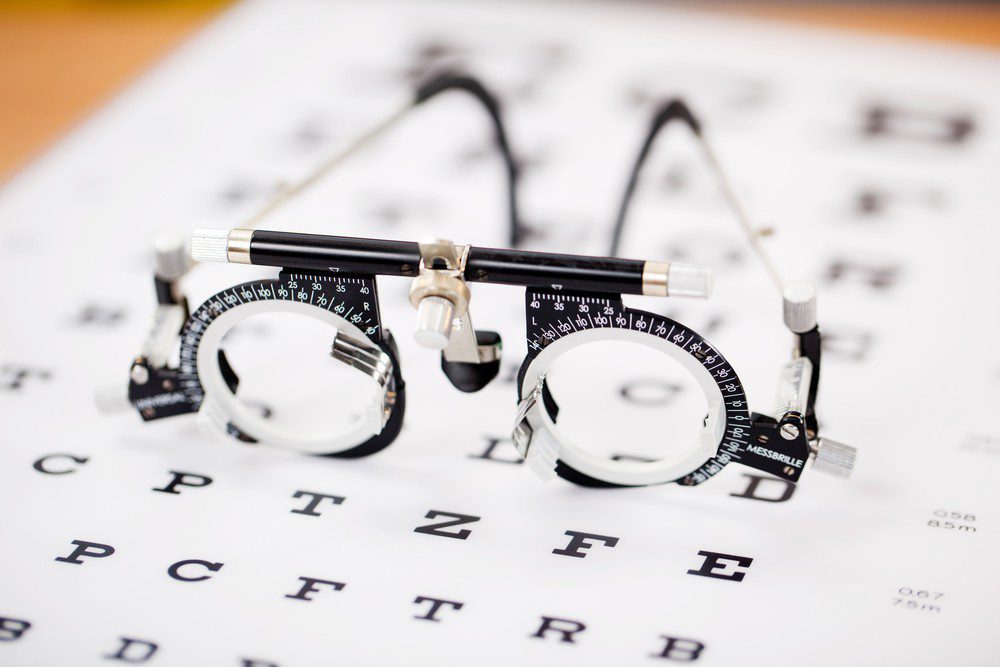
Advices & tips
Your Computer is Damaging your Eyes
Computers are a part of our everyday lives. Desktop computers, laptops, tablets and smartphones can effect your eyesight and using these gadgets take up a considerable amount of our time each…
Eye exam

How do Optometrists Measure Vision?
Eye exam
The most common cause of poor visual acuity is refractive error, or how the light is refracted in the eyeball. Causes of refractive errors include reduced flexibility of the lens due to age (presbyopia), irregularities in the shape of the eye (myopia, hyperopia) and cornea shape abnormalities (astigmatism).
If you feel that your vision isn’t what it used to be, or if you’re over 40 years old, you should go to an eye doctor to get your vision measured and tested. Many age related eye problems start to show in your 40’s, so it’s better to be prepared for it. Some diseases such as diabetes can also pose problems to your eyesight.
Visual acuity is usually measured using a Snellen eye chart. Eye charts can measure how well you can see at a distance, and this is where the term “20/20 vision” originated from.
There are many different eye charts available to eye doctors. The most commonly used, is the Snellen eye chart that you often see in clinics and eye-related ads. The top letter is a bold E, followed by progressively smaller letters. This chart was developed by Dutch Ophthalmologist Dr. Hermann Snellen in 1862, because of the need for a more standardized eye chart.
Other charts include the Monoyer or decimal scale chart developed by French Ophthalmologist Ferdinand Monoyer where he incorporated his own name and is read in reverse, starting with bold letters Z and U. The Tumbling E chart is used for young children or people who don’t know the alphabet. It’s basically structured like the Snellen, but only uses a bold capital letter E that rotates in all four directions.
Patients are instructed to tell the doctor where the three fingers of the “E” are pointing by using their own three fingers. The Jaeger eye chart is a handheld chart used to test near vision. In most European countries, the Landolt C is the standard eye chart used in most clinics. It starts with three large “Cs” or a ring with a gap that rotates in different directions. Just like the Snellen, every line features smaller Cs until barely visible.
Minimum vision requirement for fighter pilots. Can easily read numbers in the telephone book.
Can pass driver’s license test and drive, provided he/she wears contacts or glasses. Most printed material can be read.
News headlines are this size. Can read the dials of a clock or digital alarm clock at 10 feet.
Legally blind. Can read signs, but will need special lenses.
The next time you get your vision tested, check out what type of eye chart your doctor uses and surprise them now that you know a thing or two about it!

Advices & tips
Computers are a part of our everyday lives. Desktop computers, laptops, tablets and smartphones can effect your eyesight and using these gadgets take up a considerable amount of our time each…

Eye health
The silent thief of vision, glaucoma, affects more than 3 million people in the United States alone. It is one of the main reasons that once you hit 40 years…

Eye exam
Visual skills are essential to ensure your children do well in school (80% of learning is visual) sports or any other activities they participate in. For this reason, it is…